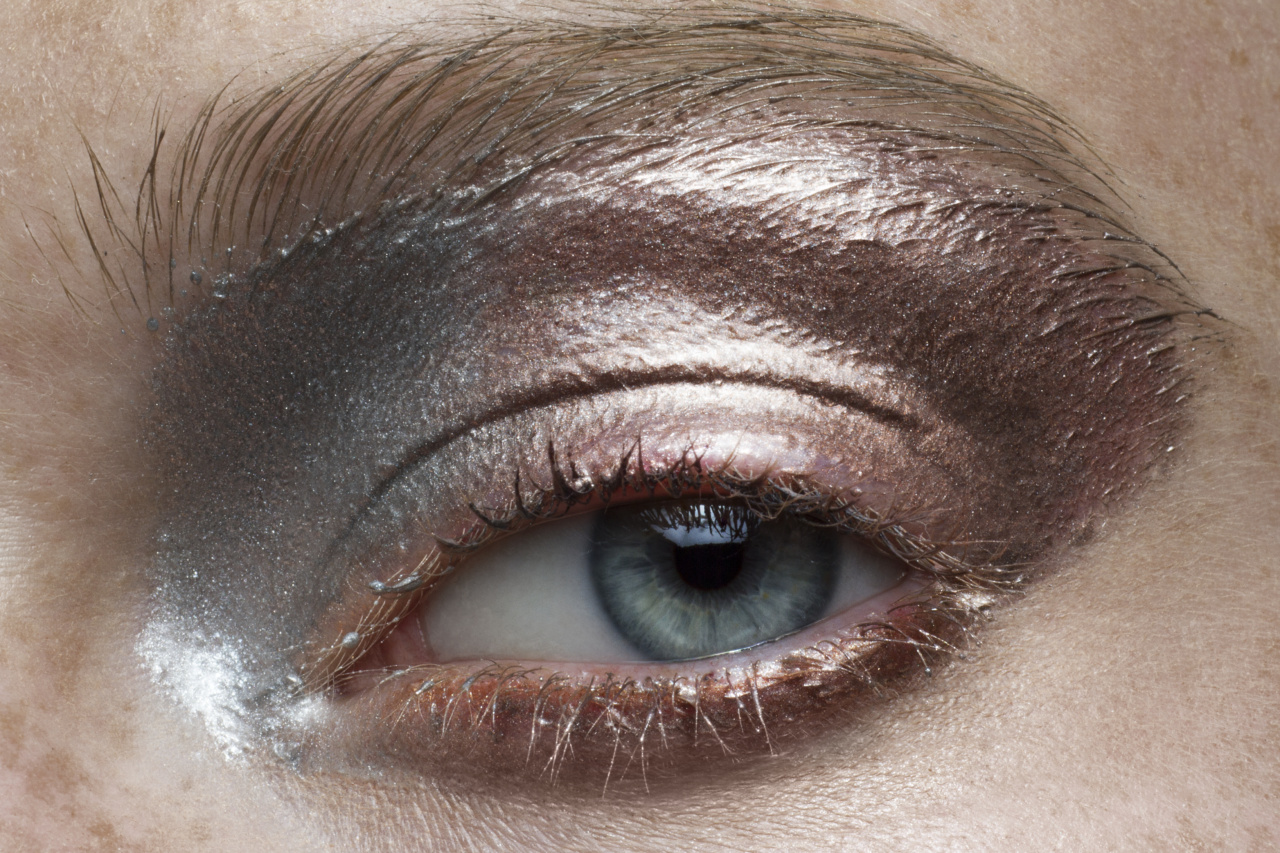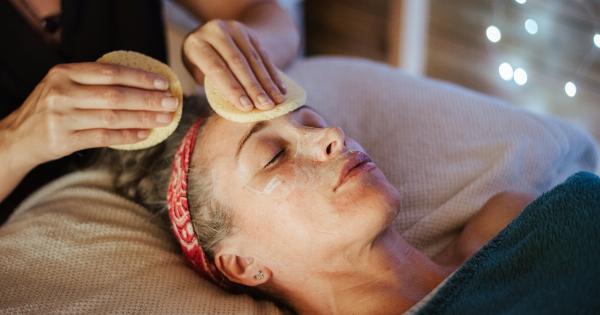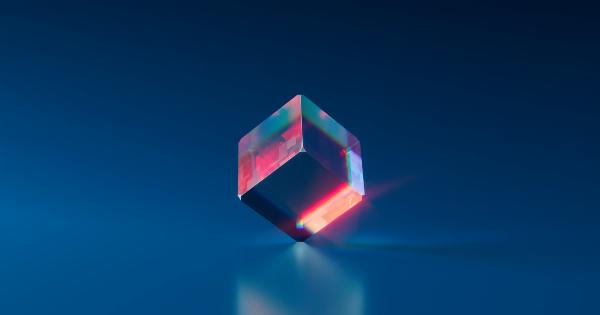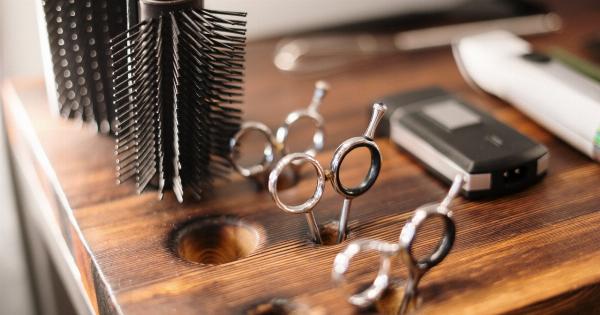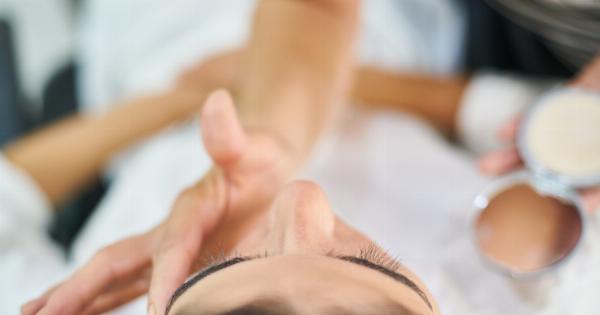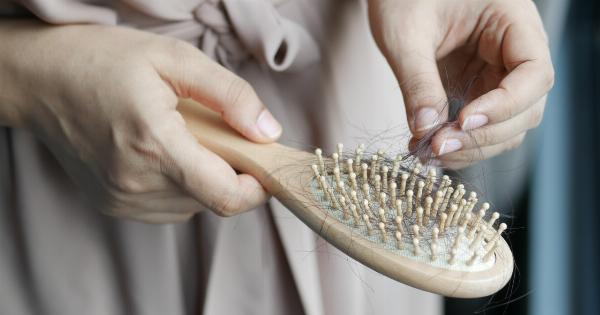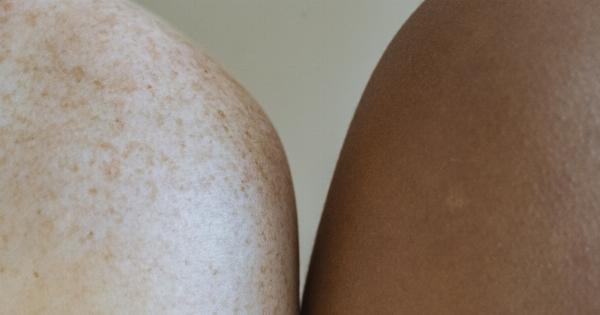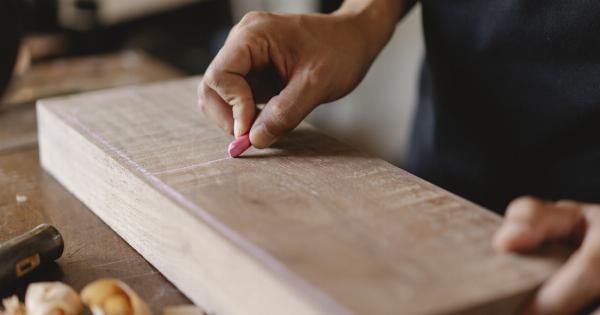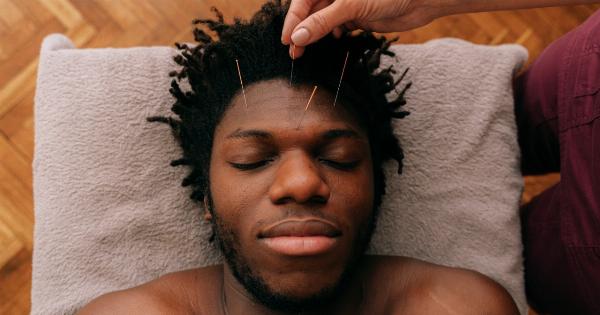When it comes to eyebrow removal, many people cringe at the thought of pain and discomfort. The sensitive area around the eyes makes it challenging to find a painless method that still provides desirable results.
However, fret not! We have uncovered three secrets that will make your eyebrow removal experience a breeze. Say goodbye to the dreaded tweezers and hello to pain-free, beautiful brows!.
1. Waxing: The Secret Elixir to Painless Eyebrow Removal
If you’re tired of meticulously plucking each hair with tweezers, then waxing is the ultimate solution for you. This method not only removes hair quickly but also minimizes the pain associated with it.
The process involves applying warm wax to the desired area and swiftly removing it, taking unwanted hair along. The gentle pull of the wax reduces discomfort, leaving you with smooth, well-shaped eyebrows.
One crucial aspect to consider when waxing your eyebrows is to have it done by a professional. DIY waxing may lead to mishaps, such as wrong temperature application or incorrect removal technique, causing unnecessary pain or uneven shaping.
Opting for a licensed esthetician who specializes in eyebrow waxing ensures a painless and flawless outcome.
2. Threading: Ancient Technique for Effortless Eyebrow Shaping
Threading, an ancient hair removal method originating from the Middle East and South Asia, has gained immense popularity in recent years.
This technique involves a skilled aesthetician using a twisted cotton thread to remove unwanted eyebrow hair quickly. Not only does threading create a precise shape, but it is also relatively pain-free.
The thread allows for individual hair removal, making it an excellent choice for those who want precise control over their eyebrow shape.
Additionally, threading does not involve the use of any chemicals, making it a suitable option for individuals with sensitive skin. With its quick and efficient results, threading is a fantastic alternative for painless eyebrow removal.
3. Laser Hair Removal: The Long-Term Solution
If you’re tired of frequent maintenance and want a long-term solution for your eyebrow hair removal, laser hair removal may be the perfect choice for you.
While it may require multiple sessions, each session reduces hair growth significantly, resulting in prolonged hair-free periods.
Laser hair removal works by targeting the hair follicles with pulses of laser light, destroying them without affecting the surrounding skin. Over time, this treatment reduces hair growth, leading to sparser and finer regrowth.
The procedure is virtually painless, with only minor discomfort experienced during each session, which can be compared to a slight flick of a rubber band on the skin.
It is essential to consult with a qualified dermatologist or a licensed laser technician before undergoing this procedure. They will assess your skin type and customize the treatment plan accordingly to ensure optimal results with minimal discomfort.
Conclusion: Pain-Free Eyebrow Removal Is Possible!
Gone are the days of associating eyebrow removal with pain and discomfort. With the secrets revealed above, you now have the knowledge to achieve pain-free eyebrow maintenance.
Whether you opt for the speedy effectiveness of waxing, the precise shaping of threading, or the long-term solution of laser hair removal, the choice is yours.
Remember, for waxing and laser hair removal, it is crucial to seek professional assistance to ensure optimal results and minimal discomfort. So, why wait? Get ready to embrace painless eyebrow removal and flaunt those perfectly sculpted brows!.
